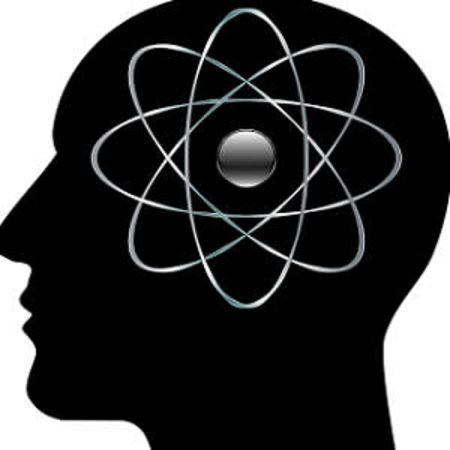Artificial intelligence (AI) and deep learning have been met with great interest by the medical community. Particularly in the field of radiology, however, the arrival of AI has been met with responses ranging from cautious scepticism to outright fear and hostility, notes an Opinion article in the Journal of the American College of Radiology.
"Such scepticism is not unwarranted, however. Despite years of work and millions of dollars on behalf of both leading medical institutions and tech companies, no AI system has come into wide use or marketability," according to the journal article.
But one thing is clear: AI holds great promise for the future, both within medicine and outside of it. For instance, deep learning — a machine learning technique — has already proven to be successful in a variety of arenas, ranging from self-driving cars to diagnosis of disease. Some in the tech world have even predicted that deep learning, as applied to imaging-based diagnostic tasks, will eventually replace radiologists.
"Although deep learning has been shown to be useful for radiologic diagnosis of disease, such as tuberculosis, these prior studies have been with relatively small datasets and for specific, singular tasks — a far cry from replacing a radiologist and the wide array of other tasks he or she is charged with, such as performing image-guided procedures, communicating with other physicians, and optimising image protocols," explains the article.
Additionally, the article says, AI is limited by the lack of standardised, large image databases and by the current technology. "In this regard, AI is best seen as an assistive as opposed to a replacement tool — AI may eventually interpret images as well as radiologists, but it will not develop new imaging technologies."
The article also notes that the potential legal ramifications of AI are unclear. If there is a misdiagnosis, who will be liable for it — the computer programmer or the radiologist? These issues will need to be worked out before AI can be widely applied in radiology.
The seemingly conflicting aims of AI and radiology not only can be reconciled, the article says, "but they can be harmonised to create a mutually beneficial and synergistic effect for the betterment of radiology and humanity as a whole." For example, in clinical practice, an AI algorithm with a high negative predictive value may be a cost-effective tool to detect and “remove” normal or negative examinations from radiologists’ queues, enabling them to focus more of their time towards interpreting abnormal examinations.
Another example in how to bridge the gap between AI and radiology is in the development of business models that will allow radiologists to actively be part of managing AI’s integration to current workflows. Similar to the issue of liability of AI algorithms in radiology, there is no current precedent or model for the reimbursement of AI into radiology, the article points out. Radiologists have to work with the tech world, insurance companies, and healthcare administration to develop such models; otherwise, they will be left out of the discussion and will have no say in the matter.
"By combining the expertise of radiologists with the innovation of the tech industry, we can achieve more than we might alone. To do so, however, will require mutual understanding and collaboration between the two groups, with increased realism among the tech sector about the difficulties of applying AI to radiology and increased optimism among radiologists to the technological possibilities of AI," the article concludes.
Source: Journal of the American College of Radiology
Image Credit: Pixabay
References:
Yi PH, Hui FK, Ting DSW (2018) Artificial Intelligence and Radiology: Collaboration Is Key. J Am Coll Radiol. 15(5):781 https://doi.org/10.1016/j.jacr.2017.12.037
Latest Articles
Radiology, Artificial Intelligence, AI, deep learning
Artificial intelligence (AI) and deep learning have been met with great interest by the medical community. Particularly in the field of radiology, however, the arrival of AI has been met with responses ranging from cautious scepticism to outright fear and



























